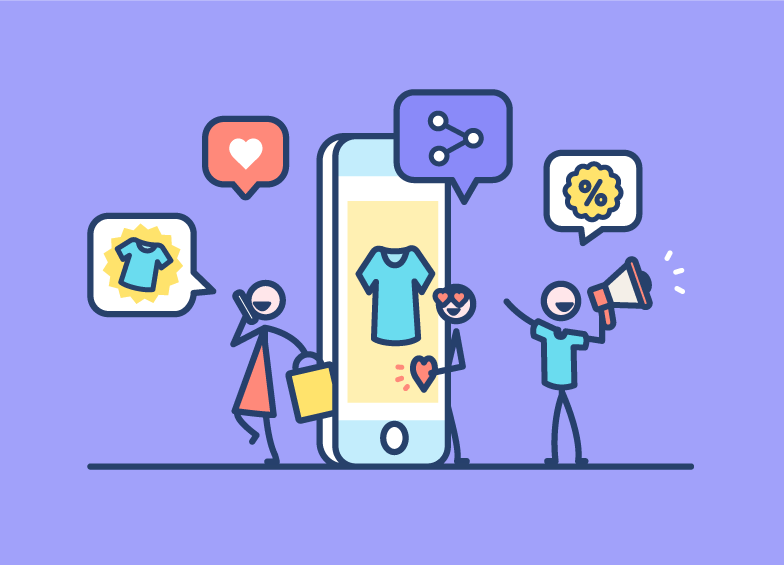Who are your ambassadors and how can you engage them further?



Frédéric Faivre
Catégorie : Fidélisation
Earning consumer trust is important, especially in a competitive environment, but it can be more complicated than expected. Today’s consumers have many ways to gather information about brands and form their opinions, whether it’s through advertising, websites, online reviews, social networks or even their friends.
According to Kantar, 93% of consumers admit that the opinions family and friends have of a brand is of major importance to their purchasing process. Therefore, identifying your ambassadors and engaging them, thanks to adapted customer referral programs, is an indispensable strategy in the creation of a healthy and solid community.
Before determining who your ambassadors are, it is important to understand the different terminologies associated with the concept of referral. In this article we are talking about customer referral, not to be confused with a partnership strategy with an influencer. Here are the main differences between an influencer and an ambassador:
Engagement is measured through the frequency and the degree of interactions’ proactivity a customer has with your brand. It’s up to you to decide which types of interactions are worth scoring to measure what you think would reflect your customers’ engagement:
Measuring your customers’ engagement will allow you to increase customer knowledge, personalize your messages and better convert your campaigns. The engagement rate will also allow you to identify your most reactive customers, however contrary to what one might think, the customers with the highest engagement rates are not necessarily your ambassadors. The first referral campaign you launch to your customer database will allow you to identify the customers who willingly share your referral vouchers, and therefore determine your ambassadors.
Your database is a goldmine, it’s time to exploit its full potential. Your first customer referral campaigns will be key to determining the levels of commitment of your customers and the different ways of animating them. Below, discover the three main groups that you may find:
Who are they: The customers who will have the highest engagement score and who will be the most active in your first referral campaigns.
Which referral program: Ambassador program
Who are they? They are all your customers who appreciate your brand but are waiting for a little help to share it with others, as well as your new customers who are waiting to be won over.
Which referral program: Accelerator program
Who are they? These are the contacts and customers who are mainly interested in the reward provided by your customer referral program.
Which referral program: Loyalty program
You are now armed to identify your brand ambassadors and build a solid relationship of trust thanks to customer referral programs adapted to their profiles. If you are interested in this subject, in our previous article on customer referral, we talked about what customer referral is and the advantages of integrating it into your marketing strategy. Do not hesitate to contact us for a demo of our customer referral platform.
Sommaire